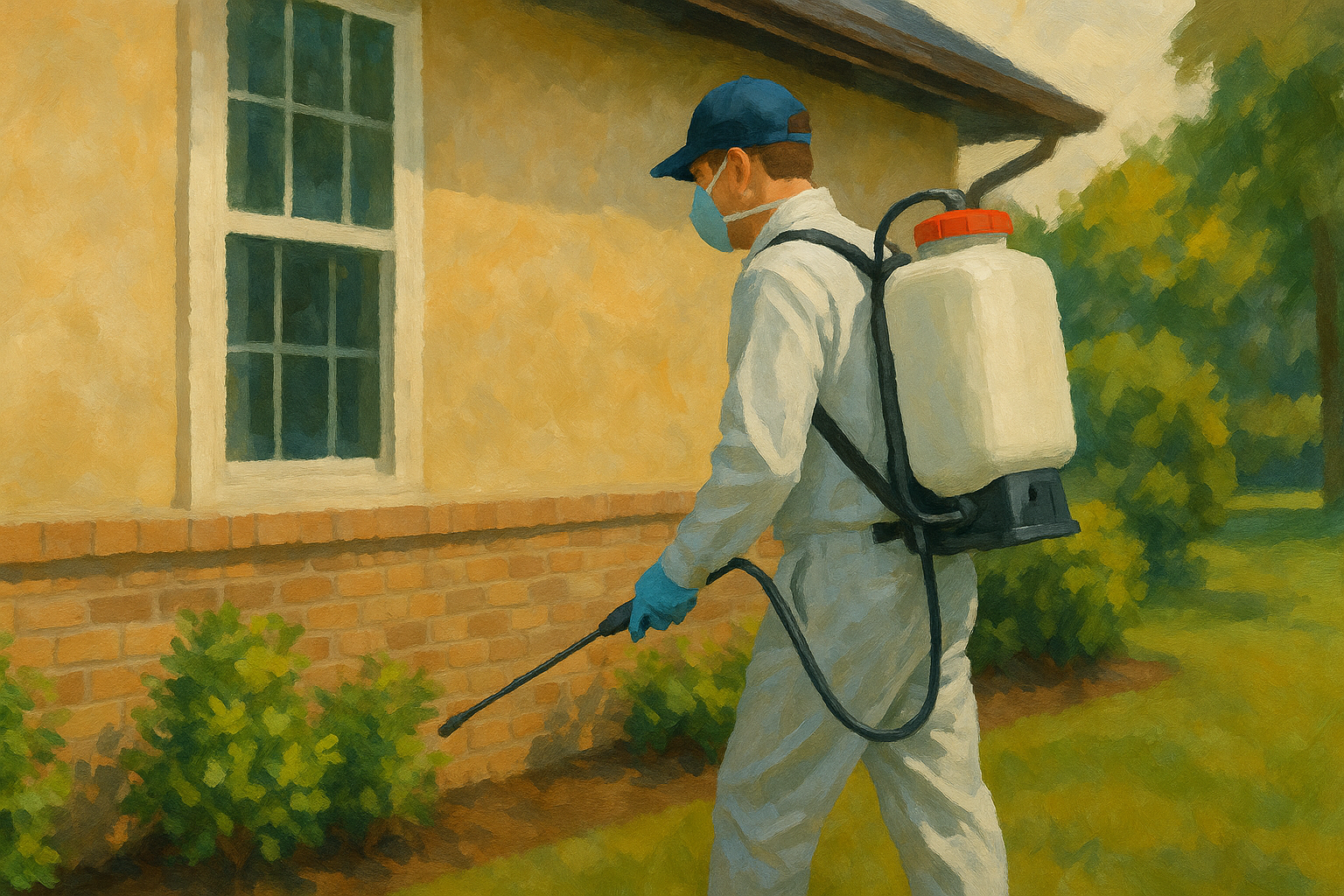The relationship between spiders and water is more complex than simply saying they "hate" water. While many species of spiders prefer dry habitats, water is essential for their survival, and some species have evolved to interact with water in interesting ways. In fact, spiders display a range of behaviors and adaptations when it comes to water, depending on their habitat and ecological needs.

Water as an Essential Resource for Spiders
Water is critical for the survival of all terrestrial animals, including spiders. Orb-weaving spiders, for example, rely on water not only from their prey but also from direct water sources like dew or raindrops. Research has shown that orb-web spiders like Argiope trifasciata must supplement the water they obtain from their prey by drinking free water, especially in arid environments. When deprived of water, these spiders will actively search for and ingest water droplets to maintain their hydration levels (Walter et al., 2012).
Spiders in Wet Habitats
Contrary to the idea that all spiders dislike water, some species have evolved to thrive in wet environments. The water spider (Argyroneta aquatica), for example, spends its entire life submerged, using a bubble of air trapped in silk as an underwater "lung." This species actively monitors and replenishes the oxygen levels in its air bell, allowing it to live and hunt underwater. Such adaptations make these spiders highly specialized for aquatic life (Schütz et al., 2007).
Spiders and Water Loss
Water loss is a significant threat to many spider species, particularly those that live in arid environments. Wolf spiders, for instance, show behaviors like burrowing to reduce water loss and protect themselves from high temperatures. A study on Geolycosa godeffroyi, an Australian wolf spider, found that these spiders depend on soil moisture and their burrowing habits to maintain hydration. Without access to moisture, they risk dehydration (Humphreys, 1975).
Water Avoidance Behaviors
While some spiders thrive in water or rely on it for survival, others, particularly terrestrial spiders, avoid prolonged exposure to water. This is especially true for spiders that lose moisture rapidly through evaporation. For instance, studies on the metabolic and evaporative water loss of spiders like Paraphysa parvula highlight how exposure to high temperatures dramatically increases water loss, leading to dehydration if the spiders cannot find adequate shelter or hydration sources (Figueroa et al., 2010).
Conclusion
While many spiders exhibit behaviors to avoid excess moisture or prevent dehydration, others have adapted to thrive in wet or aquatic environments. Whether through burrowing, drinking water droplets, or creating air bubbles underwater, spiders have evolved a variety of strategies to manage their relationship with water. Rather than hating water, spiders depend on it in different ways based on their habitat and lifestyle.
Works Cited
Walter, A., Cadenhead, N. C. R., Lee, V. S. W., Dove, C., Milley, E., & Elgar, M. (2012). Water as an Essential Resource: Orb Web Spiders Cannot Balance Their Water Budget by Prey Alone. Ethology, 118, 534-542. https://onlinelibrary.wiley.com/doi/10.1111/j.1439-0310.2012.02041.x.
Schütz, D., Taborsky, M., & Drapela, T. (2007). Air bells of water spiders are an extended phenotype modified in response to gas composition. Journal of Experimental Zoology, 307(10), 549-555. https://onlinelibrary.wiley.com/doi/10.1002/jez.410.
Humphreys, W. (1975). The influence of burrowing and thermoregulatory behaviour on the water relations of Geolycosa godeffroyi (Araneae: Lycosidae), an Australian wolf spider. Oecologia, 21, 291-311. https://link.springer.com/article/10.1007/BF00345823.
Figueroa, D., Sabat, P., Torres-Contreras, H., Veloso, C., & Canals, M. (2010). Participation of book lungs in evaporative water loss in
Paraphysa parvula, a migalomorph spider from Chilean Andes.
Journal of Insect Physiology, 56(7), 731-735.
https://www.sciencedirect.com/science/article/abs/pii/S0022191010000028?via%3Dihub.
Contact Today For $100 Off Your Initial Service!
⭐⭐⭐⭐⭐
Backed by our Bigfoot Guarantee!
What Customers Are Saying:
"Everyone from Bigfoot is awesome. They are always on time. They're extremely thorough. I've not had a single issue in the two years they have been treating our home. Well worth it!"
T. Potter | Meridian, ID






